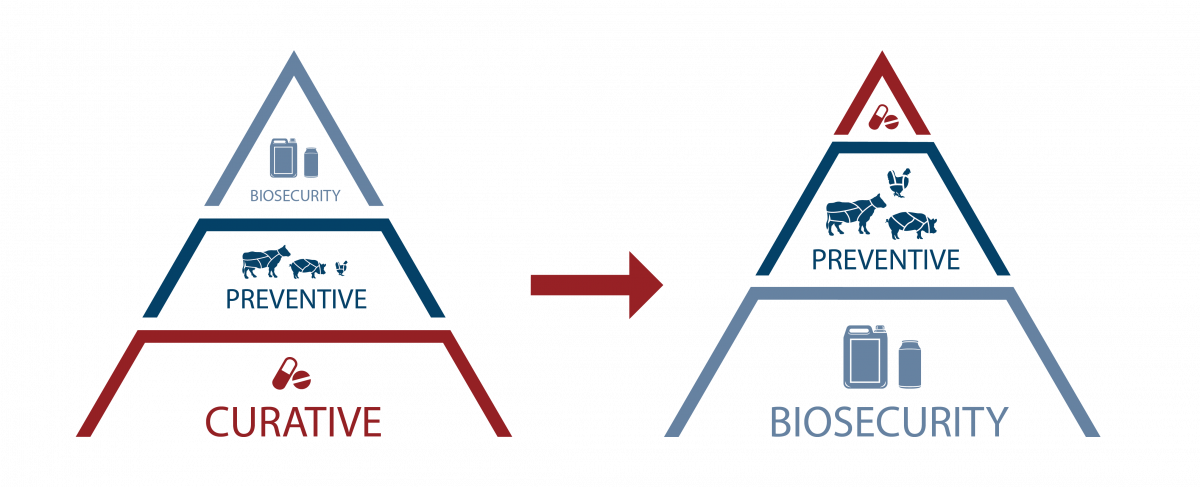
Situation today and in the future
Antimicrobial resistance is about lives! Every year 530 people die in Belgium due to infections with antimicrobial resistant microorganisms. Every year 33 000 people die in Europe due to infections with antimicrobial resistant microorganisms. Every year 700 000 people die due to infections with antimicrobial resistant microorganisms. If we don’t take actions, there will be 10 million deaths.
Antimicrobial resistance is also an economic issue. It costs every year approximately 1.1 billion euro for health systems of the EU/EEA countries and in Belgium it costs yearly +/- 24 million euro.
Objectives of the covenant
There are strategic and operational objectives, let’s start with the strategic ones:
-
A reduction of 50 % of the general antibiotic use by the end of 2020.
-
A reduction of 75 % of the use of the most critically important antibiotics (fluoroquinolones and cephalosporin’s of the 3rd and 4th generation) by the end of 2020.
-
A reduction of 50 % of the use of medicated feed that contains antibiotics before the end of 2017.
The operational objectives – tools are:
-
To measure
-
To reduce antibiotics via the official way
-
To take actions – everybody on his level
Conclusions are; implemented actions are EFFECTIVE and VIGILANCE and continuous efforts are important. Benchmarking is necessary to stimulate farmers and veterinarians to keep on improving the results. Permanent MONITORING is necessary; detection makes it possible to take actions as fast as possible. Antibiotic reduction goes hand in hand with a reduction of antimicrobial resistance.
In the future they want to do specific actions for high risk farms and they want to stimulate and guide people to create their mindset.
Source: Federal Agency for the Safety of the food chain
Antibiotic use on farm level: results Sanitel-Med and AB register
It’s the first time that they have a detailed analysis of the use of antibiotic per sector, per animal category and on farm level.
Pig sector:
-
The biggest biomass, so the highest usage of antibiotics
-
The reduction since 2014 is -8.3 mg/kg on sector level in 2017 – 2018
-
Weaned piglets require specific attention, we have to search for a sectoral approach to sustainable reduction
-
Continue the efforts
Poultry sector:
-
Antibiotic use mainly in broilers
-
An increase of the total use in 2017-2018
-
An increase of the use of fluoroquinolones in 2017 – 2018
Veal calves sector:
-
An increase of the total use in 2017 – 2018
-
The highest “basic” use of all animal categories, so it’s required to take actions to reduce the antibiotic use.
Source: AMCRA
Antimicrobial usage and resistance in animals – 2018
The evaluation of the plan 2020:
-
Evolution of antimicrobial consumption per biomass compared to 2011: reduction of 35.4 %
-
Evolution of premix consumption in reference to 2011: reduction of 69.6 %
-
Evolution of total consumption of red molecules in reference to 2011: reduction of 79.1 %
-
Evolution of total consumption in reference to 2011: reduction of 35.4 %
So if you look to the plan of 2020, 2 of the 3 requirements are achieved, only the reduction of the total consumption is not yet achieved.